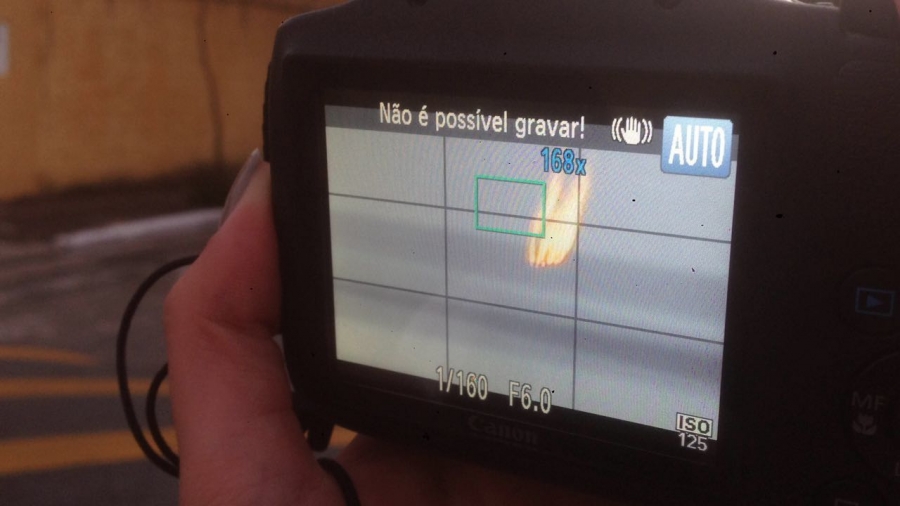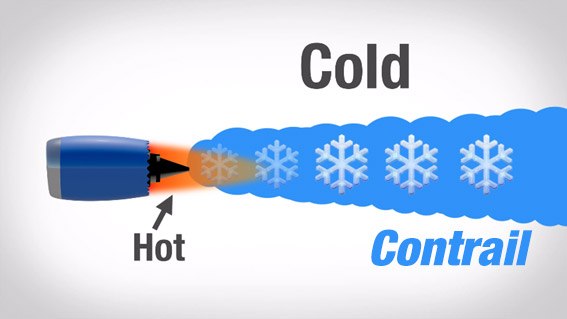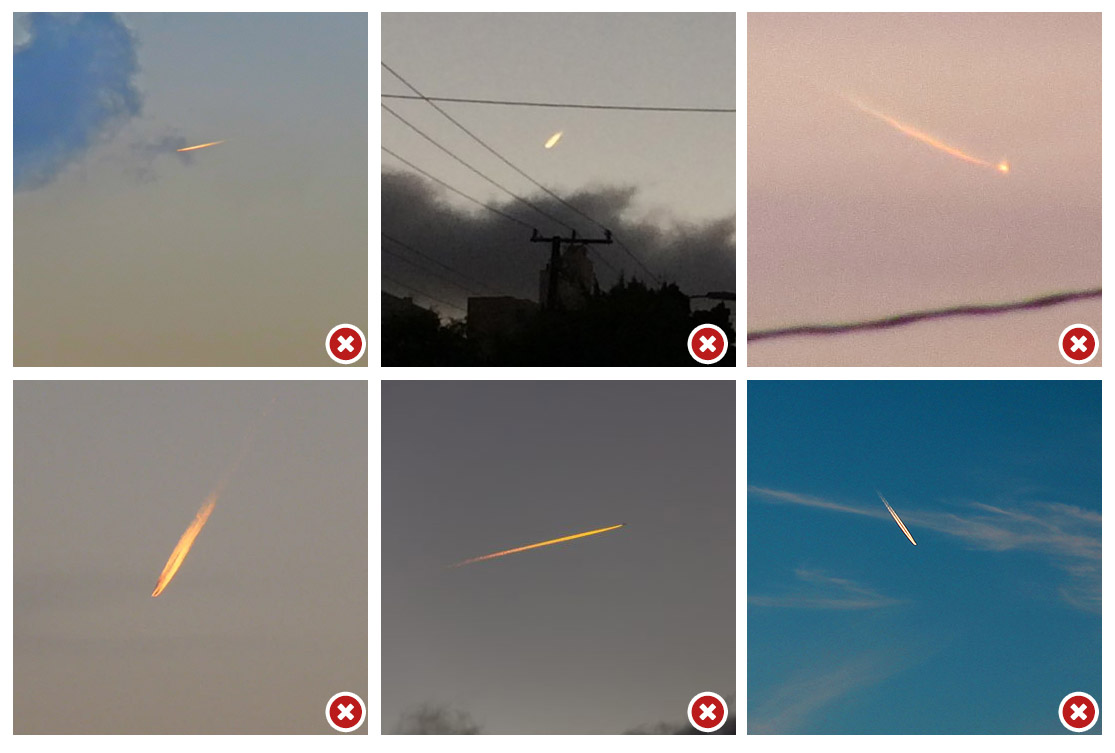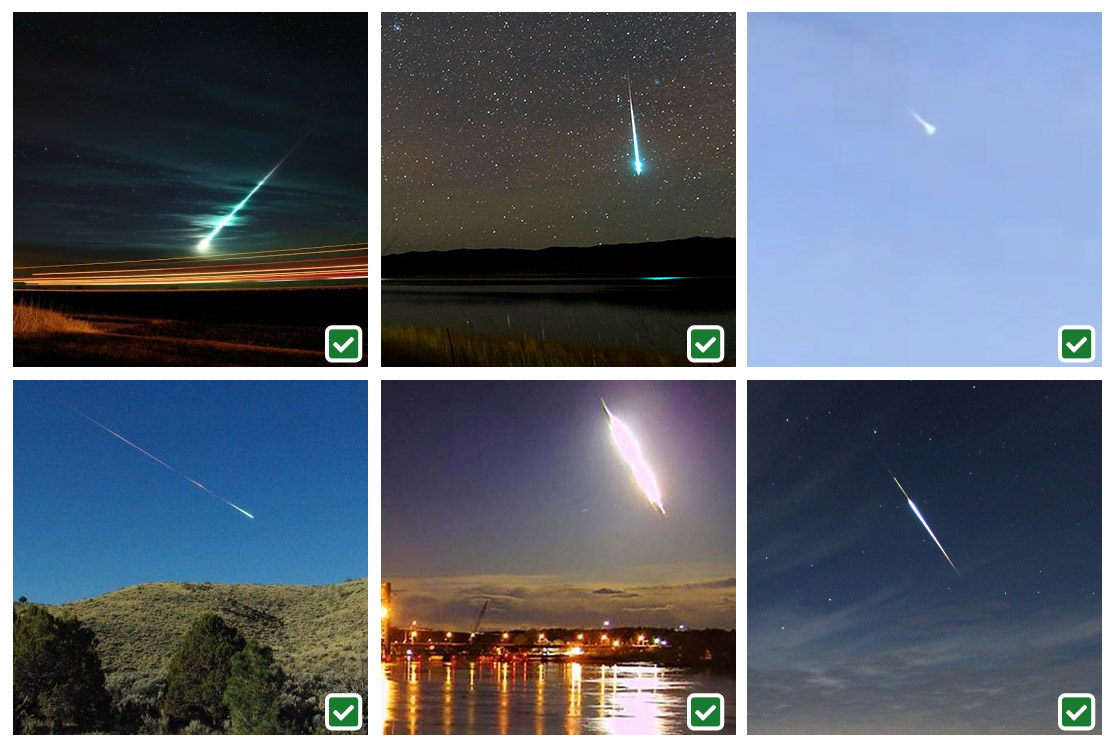This article has been originally published in Portuguese by Eduardo P. Santiago from Exoss Citizen Science
The AMS and its international partners receive an average of 20,000 fireball reports every year. For the vast majority, these reports come from people who don’t have any knowledge about meteors or general astronomy. As a result, we regularly receive reports that aren’t related to fireballs or meteors but rather to the sun reflecting on contrails (short for “condensation trails”).
A fireball is another term for a very bright meteor. Fireballs can develop two types of trails behind them: trains and smoke trails. Most trains last only a few seconds, but on rare occasions a train may last up to several minutes. The majority of fireballs only last few seconds.
Contrails are the linear clouds etched across the skies by high-altitude airplanes. At sunset and sunrise, the sun light often gives warm tones (red, orange and yellow) that some people may mistake for an astronomical event.
Gallery of contrails at sunset or sunlight
Gallery of fireballs
Fireball vs. Contrail checklist
- For how long did you see the phenomena?
If you had enough time to grab your phone to take a picture, it is certainly NOT a fireball. Fireballs usually only last few seconds. Longer fireballs are extremely rare. - Were there clouds above what you saw?
If yes, it is certainly NOT a fireball (meteoroids glow usually as soon as they hit Earth’s atmosphere and they entirely burn up between 60 miles – 100 km and 40 miles – 70km – the highest clouds can be found at 8 miles above the Earth’ surface). - Did you feel a sudden urge to say “wow!”?
If no, either it wasn’t your first fireball, either it wasn’t a fireball. Fireballs are very impressive and beautiful. They look like a huge (sometimes gigantic) shooting star.
Understanding Contrails

A contrail forms when the hot water vapor and exhaust gas from a jet engine combines with water vapor in the extremely cold environment of the upper troposphere. The water vapor solidifies into tiny ice crystals in a process known as deposition.
A passing jet engine creates an artificial cloud by mixing hot moist air from the exhaust with the sub-freezing humid air it is passing through. You can observe a very similar mixing cloud by exhaling on a cold winter day – warm water vapor from your breath combines with water vapor in the air and condenses into tiny water droplets to form a breath cloud.

Are contrails dangerous?
Planes create their mesmerizing contrails as they soar high in the thin, cold air. Water vapor quickly condenses around soot from the plane’s exhaust and freezes to form cirrus clouds, which can last for minutes or hours. These high-flying clouds are too thin to reflect much sunlight, but ice crystals inside them can trap heat. Unlike low-level clouds that have a net cooling effect, these contrail-formed clouds warm the climate. They are one of the causes of global warming.
 American Meteor Society
American Meteor Society

